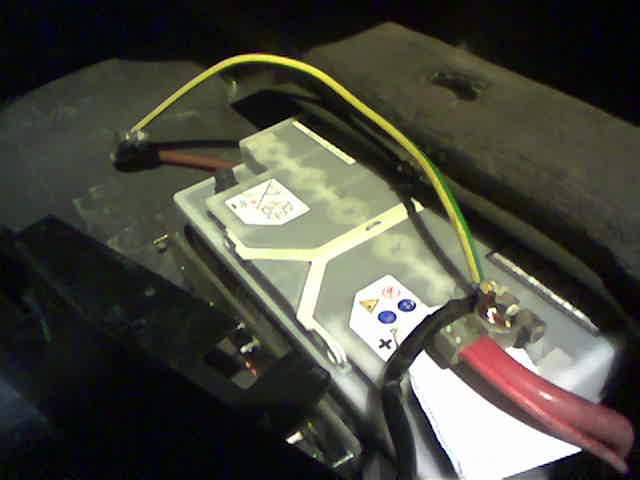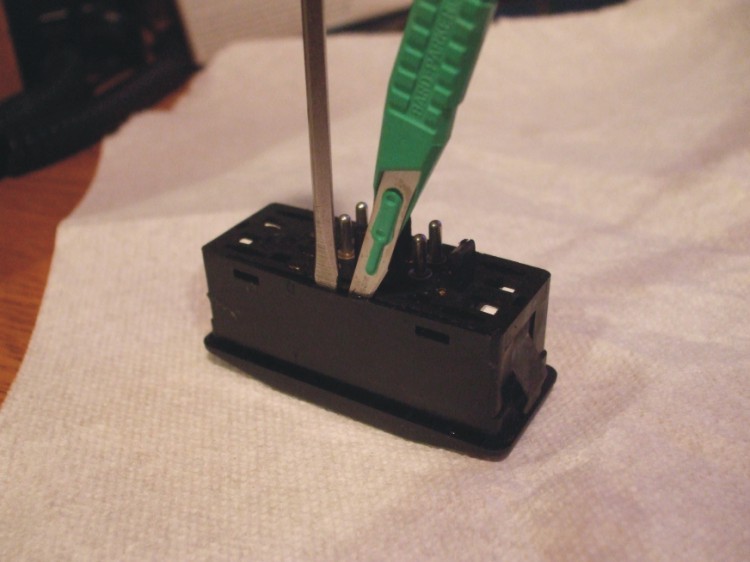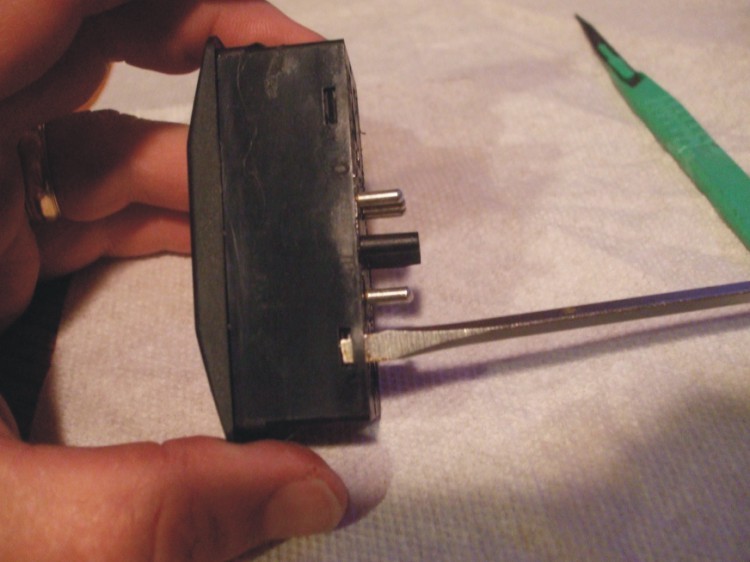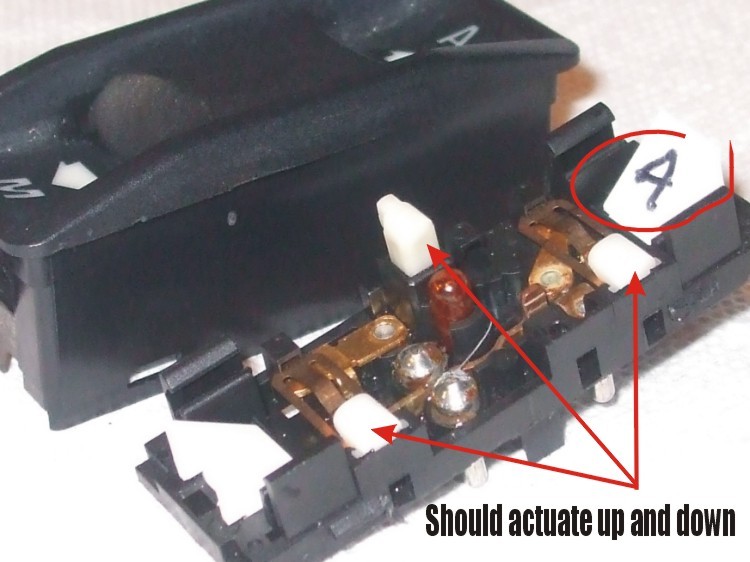1. Batterie abklemmen (zuerst - , dann +)
2. Zündschlüssel nur auf "Zündung ein" (Nicht auf "Anlassen")
3. Die beiden Fahrzeugkabel (+ ; -) fuer 10 Minuten zusammenhalten.
4. Zündung wieder aus
5. Batterie wieder anklemmen (zuerst + dann -)
6. Fertig
Vier Dinge hat der Reset gebracht:
1. Traumstandgas
(Die kleinen Aussetzer im Standgas sind Vergangenheit)
2. Schalten tut er butterweich, und zur richtigen Zeit !!
3. Seit dem ich den Wagen habe, lebte ich mit Leistungsschwankungen
bei extremen Beschleunigungsphasen !
Und nun habe ich voll per Kick Down von 70-220 durchgezogen ,
und er ging wie eine Rakete, ohne die Gänge reinzuknallen,
und ohne Leistungsschwankungen !
4. Bei Beschleunigung aus dem Stand verschluckt er sich nicht mehr !
Nachtrag/Ergänzung:
Der Knackpunkt ist ueber die richtige Reihenfolge hinaus
auch das erneute "Anlernen" der adaptiven Getriebesteuerung
und das neue Synchronisieren der Zylinderbänke durch die EML.
(siehe Bild)
Motor warmlaufen lassen.
Während der Testfahrt 3 x ueber 5000 UPM in Schaltstellung I (ca. 10 Sekunden).
Dann Motor wenigstens 5 Minuten in P oder N laufen lassen.
Weitere Ergänzung:
Im US board nachgefragt.
Hier eine einfache und gute Gleichung/Erklaerung:
As you drive Mr. Computer makes adjustments to things it can control
and saves parts of these data in memory which remains
there as long as the memory has power, and that's normally a
long time, measured in years since the battery is recharged
as you drive and the always- on
electronics takes days
or weeks to drain a huge car battery if the car is not driven.
However, any memory is subject to a glitch that might corrupt
the data in memory. This could be from a software error,
a hardware error, or perhaps even a lightning strike that causes a
huge pulse of energy.
It only takes one bit to flip to cause a huge error.
For example, consider these two 16-bit binary
numbers and their decimal equivalents:
1100 1100 1100 1100=52428.
1000 1100 1100 1100=36044.
So, the bottom line, yes a reset COULD make a big difference
if Mr.
Computer is trying to adjust things based on corrupt data.
Remember the data of the ongoing Mars mission became
corrupted and JPL had to do a reset on the rover.
Kurze Übersetzung/Interpretation :
Man hat eine Scheibe geputzt und die Elektronik sieht jetzt alles viel klarer.......
Ergänzung Update 18.3.2004
Frage:
Heißt
das, dass der reset bei meinem L ohne Ausbau des hinteren elektr.
Einzelsitzes geht (1,5 h Arbeit !), wenn ich die Masse rechts unter der
Auflage des hinteren elektr. Einzelsitzes (von aussen zugänglich !)
abklemme und dann im Motorraum Plus mit Masse verbinde ?
Antwort:
Dazu
genuegt es auch, den Minuspol an der Sitzbank abzuklemmen und das
Ueberbrueckungskabel an den Pluspol im Motorraum und irgendwo an Masse
anzuschliessen.
Zum Ueberbruecken der Pole / Batterieanschlusskabel kann man auch ein normales Ueberbrueckungskabel nehmen.
Es
ist extra ein Plus-Anschluss im Motorraum, damit bei leerer Batterie
nicht die Rueckbank (der Ruecksitz) zum Ueberbruecken ausgebaut werden
muss.
Vom Pluspol im Motorraum geht ein dickes Kabel durch den rechten Schweller zum Batterie-Pluspol.
Wenn
vorher das Massekabel der Batterie am Blech der Rueckbank entfernt
wurde, kann im Motorraum nix mehr funken, weil die Batterie die
Energiequelle ist, aber kein geschlossener Stromkreis in der Batterie
existiert, wenn das Massekabel weg ist.
Sollte der
Stromkreis wegen Alzheimer geschlossen sein, dann wird's erst kraeftig
funken, das Kabel wird saumaessig heiss und dann wird auch schon die 50
Ampere Schmelz-Flachsicherung, die auf ein Pertinax-Plaettchen
aufgenietet ist und in dem dicken Pluskabel sitzt,
durchgeschmolzen sein.
Diese Sicherung sieht man meist nicht, weil sie fast schon im Schweller und mit Schrumpfschlauch umhuellt ist.
Das andere, nicht so dicke Pluskabel an der Batterie fuer die normalen Verbraucher, hat auch so eine Flachsicherung.

und die naechste Erfolgsmeldung


